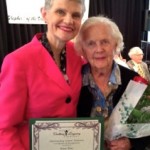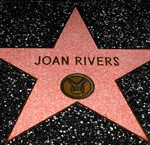The story – and media clips – of the College Football Playoff National Championship game between The Ohio State University Buckeyes and the University of Oregon Ducks will go down in history as teaching top lessons about the power of positive thinking, team building, leadership and responsibility. It’s this last topic, responsibility, that deserves attention.
If you were in the shoes of Cardale Jones, the Buckeyes’ third string quarterback, would you be able to rise to the occasion as he did? How often in your career have you been asked to fill in for someone else who was originally assigned to lead a project team, deliver a conference presentation or meet with a big client? Each time you were chosen as a substitute, you faced a challenge: Do I shirk responsibility (“I can’t do this…I’m not qualified”) or claim responsibility (“I can – and will – deliver”)? Cardale Jones claimed responsibility and with that came victory.
Third string means there were two other quarterbacks ahead of Jones in the line-up. When the lead quarterback was injured, that moved Jones into second position. When that lead quarterback was injured, that moved Jones into the lead QB position. In this lead role for just a few weeks, Cardale Jones led the Buckeyes’ victory over the University of Alabama Crimson Tide in the Sugar Bowl. Two weeks later, Jones again led the Buckeyes into victory over the Ducks with a 42-20 win, clenching the national championship title.
WOW. Congratulations to QB Cardale Jones, running back Ezekiel Elliott, coach Urban Meyer and the entire Buckeyes franchise for winning the national championship. If the media buzz is any indication, this success story will be told and retold for many years to come in schools, community centers and meeting rooms to inspire and motivate people to do their best.
The take away from this historical event: Anything is possible when you align leadership, team and talent with dedication, drive and responsibility. May we all be more responsible in our lives and in the work we do.










